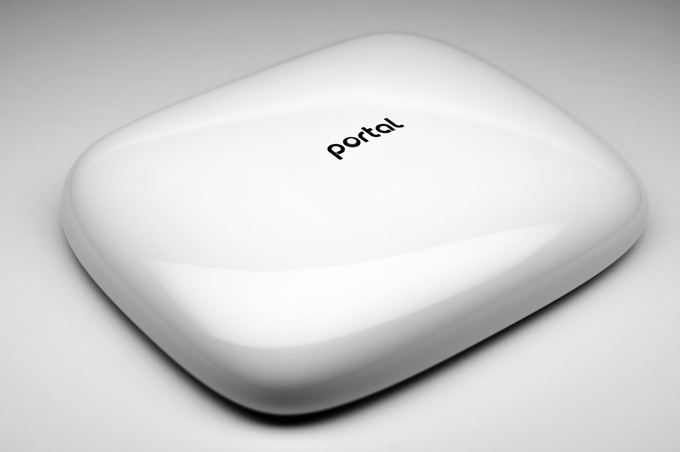
The problem that we face now is that wireless networks dump data into the same virtual bathtubs. That means you and your neighbor are sharing the same airspace even though you’re on two separate password-protected networks. In neighborhoods and apartment complexes, Internet surfers will see congestion that slows down the stream and reduces the router’s capable range whether users are on the 2.4GHz band or the 5GHz band.
“Think of spectrum like the lanes of highway,” explains Ignition Design Labs. “Most home Wi-Fi routers today operate on just one shared Wi-Fi lane; maybe two if you’re lucky. If you live in a city or apartment, your Wi-Fi network could be competing with 35 or more neighboring Wi-Fi networks. And the problem isn’t just the number of neighboring Wi-Fi networks, it’s also what they’re doing. A single neighbor running a bit torrent, or simply folks all streaming HD video at 8 p.m. every night, can consume most of the spectrum you all share. This is called congestion, and it’s like being stuck in rush-hour traffic all the time.”
That said, what makes the company’s Portal router unique is that it features what’s called FastLanes, an FCC-certified technology that allows the device to utilize a protected portion of the 5GHz radio spectrum that was originally set aside for weather radar systems. On a home networking level, this is a huge, unused frontier free of the traffic that clogs the spectrum that’s currently in use in all other router products. This new untapped territory is three times larger, too.
In a diagram provided by Ignition Design Labs, the highly used spectrums ranging from 5,170MHz to 5,250MHz and from 5,735MHz to 5,835MHz are shown to move networking traffic rather slow. However, the 5,250MHz to 5,330MHz range and the 5,490MHz to 5,710MHz range, which are presumably the new airwaves supported by the router, show data moving at a high rate.
Related: Need more reliable Wifi? Check out top rated wifi routers here
In another diagram, a w.ireless mobile device running Speedtest shows download speeds reaching 46 megabits per second when connected to the Internet via the Portal router. The same device running Speedtest while connected to a Netgear router shows download speeds reaching almost 5 megabits per second. Both tests are presumed to take place 33 feet away from the routers.
The specs reveal that the router includes nine antennas mounted inside, 10 radios supporting 802.11ac Wave-2, seven operating bands, Bluetooth Smart connectivity, four Ethernet LAN ports, an Ethernet WAN port, and two USB ports. Other features include intrusion detection, parental controls, guest access, dynamic traffic avoidance, and a one-touch setup process.
“We became frustrated that the industry wasn’t solving the real problems that were making Wi-Fi networks slower, less reliable and overly complicated,” the company adds. “With billions of Wi-Fi devices competing for bandwidth, Wi-Fi has slowed to a crawl. So we started our own company to fix this problem—and Portal is our solution.”
The Kickstarter campaign currently has 428 backers pledging $67,477. The company needs $160,000 by July 8 in order to be fully funded. To help investors get excited, the campaign provides nine tiers spanning $139 or more to $639 or more. The estimated delivery dates for early adopters range between July and September, depending on the investor’s location. Those who choose the twin pack may not see their units until December.


